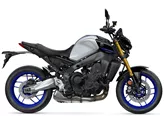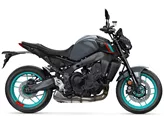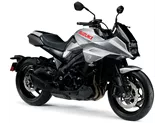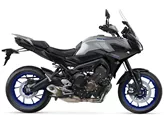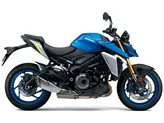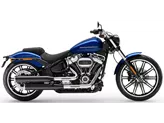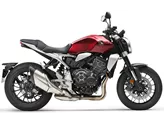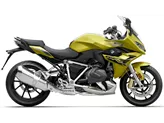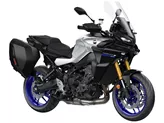Suzuki GSX-S1000 2016 vs. Yamaha MT-09 2013

Suzuki GSX-S1000 2016

Yamaha MT-09 2013
Overview - Suzuki GSX-S1000 2016 vs Yamaha MT-09 2013
The Suzuki GSX-S1000 2016 and the Yamaha MT-09 2013 are both naked bikes with similar engine types, in-line configurations. However, there are several notable differences between the two models.
In terms of engine power, the Suzuki GSX-S1000 2016 boasts a higher output with 149 HP compared to the Yamaha MT-09 2013's 115 HP. This gives the Suzuki a significant advantage in terms of acceleration and top speed. The Suzuki also has a higher torque of 106 Nm compared to the Yamaha's 87.5 Nm, providing better low-end power and responsiveness.
Both bikes have a similar number of cylinders, with the Suzuki having 4 and the Yamaha having 3. The Suzuki also has a larger displacement of 999 ccm compared to the Yamaha's 847 ccm, which contributes to its higher power output.

Suzuki GSX-S1000 2016
In terms of suspension, the Suzuki features an upside-down telescopic fork at the front, while the Yamaha has a standard telescopic fork. The upside-down fork on the Suzuki provides better stability and control, especially during aggressive riding.
Both bikes have an aluminum frame with a twin tube design, which provides a good balance of rigidity and weight. This contributes to the overall stability and handling of the bikes.
In terms of braking, both bikes feature double disk brakes at the front. This ensures good stopping power and control, enhancing safety during braking maneuvers.
In terms of dimensions and weights, the Suzuki has a slightly wider front tire width of 120 mm compared to the Yamaha's 120 mm. Both bikes have the same front tire diameter of 17 inches. The Suzuki has a wider rear tire width of 190 mm compared to the Yamaha's 180 mm. Both bikes have the same rear tire diameter of 17 inches. The Suzuki also has a slightly longer wheelbase of 1460 mm compared to the Yamaha's 1440 mm. Both bikes have the same seat height of 815 mm. The Suzuki is slightly heavier with a kerb weight of 209 kg compared to the Yamaha's 191 kg. The Suzuki also has a larger fuel tank capacity of 17 liters compared to the Yamaha's 14 liters, providing a longer range between refueling.

Yamaha MT-09 2013
In terms of strengths, the Suzuki GSX-S1000 2016 has a more powerful engine, better braking control, a stable and sensitive chassis, a comfortable seating position, and a relatively low price. On the other hand, the Yamaha MT-09 2013 has a reasonable price and a powerful engine.
In terms of weaknesses, the Suzuki GSX-S1000 2016 has a front end that looks too good, which may be subjective. It also has a throttle response issue in the lower rev range, which can be problematic for some riders. The Yamaha MT-09 2013 has a hard chassis, which may affect ride comfort, and it has a higher fuel consumption compared to the Suzuki.
Overall, the Suzuki GSX-S1000 2016 offers a more powerful and refined riding experience with better handling and control. However, the Yamaha MT-09 2013 may appeal to riders looking for a more affordable option with a powerful engine.
Technical Specifications Suzuki GSX-S1000 2016 compared to Yamaha MT-09 2013
Pros and Cons in comparison
Pros and Cons in comparison
Suzuki GSX-S1000 2016
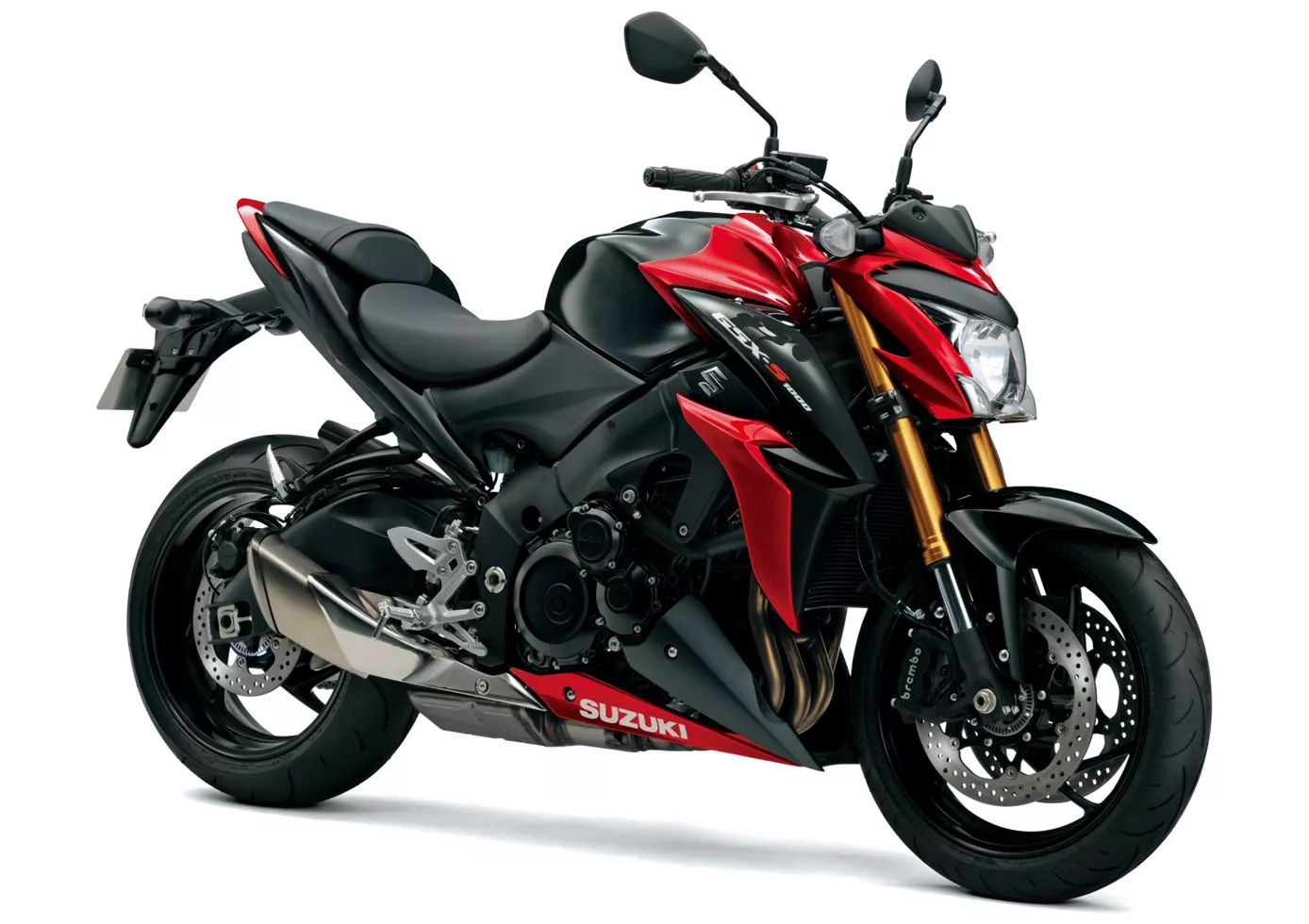
Some might be surprised that after waiting so long, Suzuki did not launch the ultimate, uncompromising power naked bike. Instead, the Suzuki GSX-S 1000 with its 149 hp seems almost too well-behaved. But once you ride it on the race track, you quickly realise that the engine is far more powerful in real life and that the rest of the performance of the chassis and braking system is also impressive. In return, it also offers a large portion of everyday and practical suitability - not bad ingredients when you have to cover everything from everyday to race track with a single bike.
Yamaha MT-09 2013

The start is frightening - abandonment of 1st gear.
Price Comparison Avarage Market Price Suzuki GSX-S1000 vs Yamaha MT-09
There are a few key differences between a Suzuki GSX-S1000 2016 and a Yamaha MT-09 2013. There are the same number of bikes of both models available on the 1000PS.de marketplace, specifically 10. It takes less time to sell a Yamaha MT-09 with 52 days compared to 109 days for the Suzuki GSX-S1000. Since model year 2015 1000PS.de editors have written 36 reviews for the Suzuki GSX-S1000 and 57 reviews for the Yamaha MT-09 since model year 2013. The first review for the Suzuki GSX-S1000 was published on 9/27/2014 and now has more than 17,100 views. This compares to more than 39,900 views for the first review on Yamaha MT-09 published on 6/10/2013.




